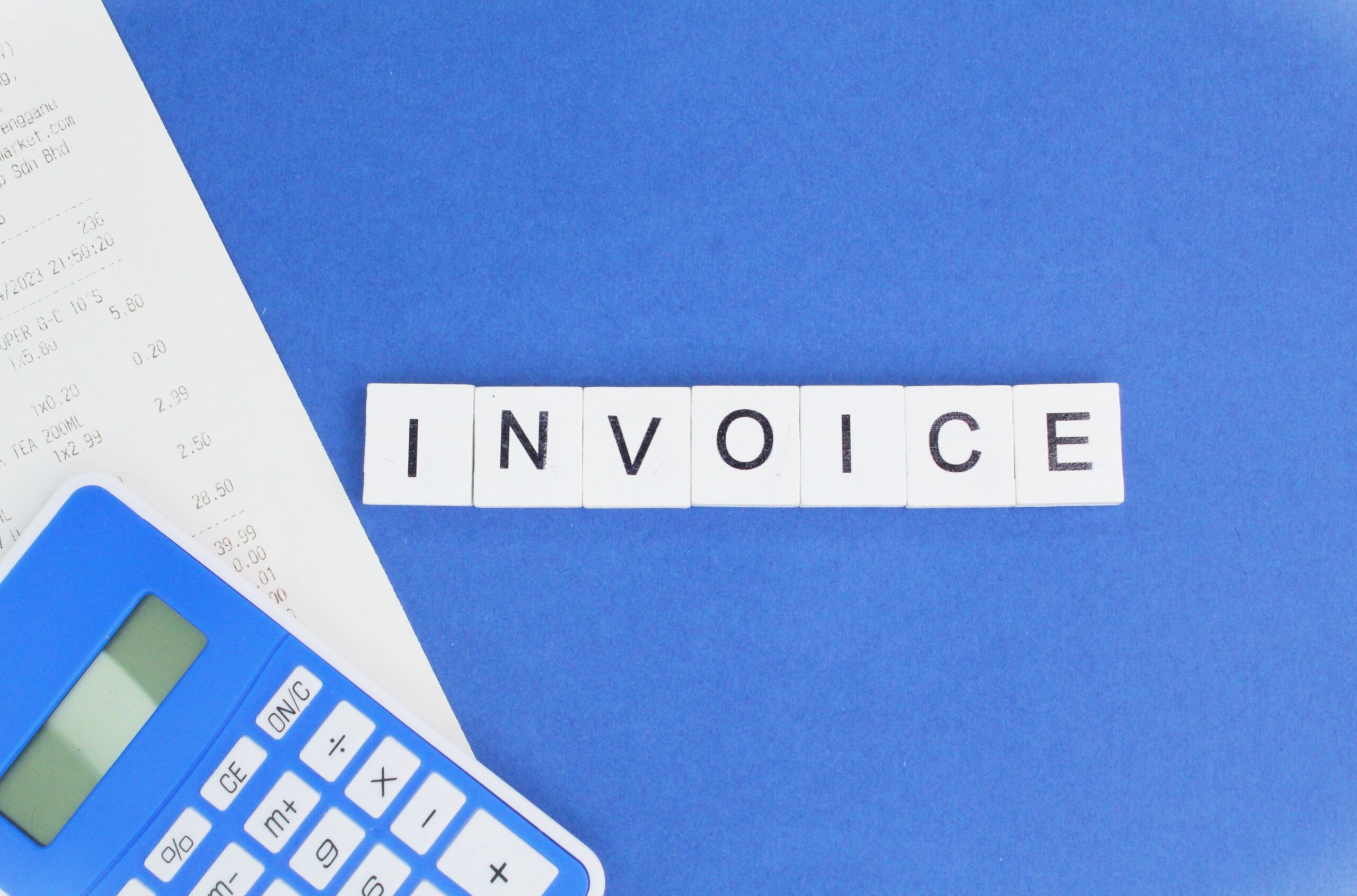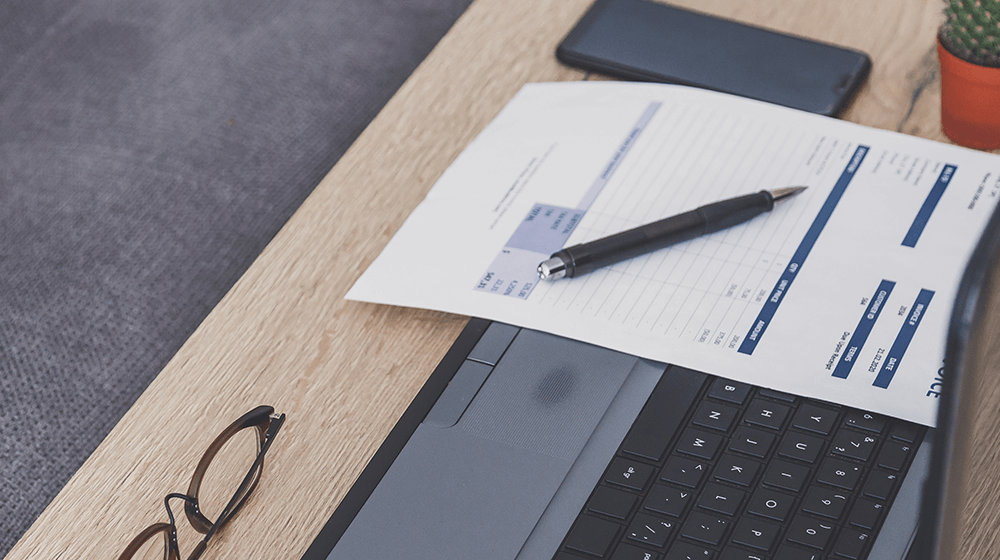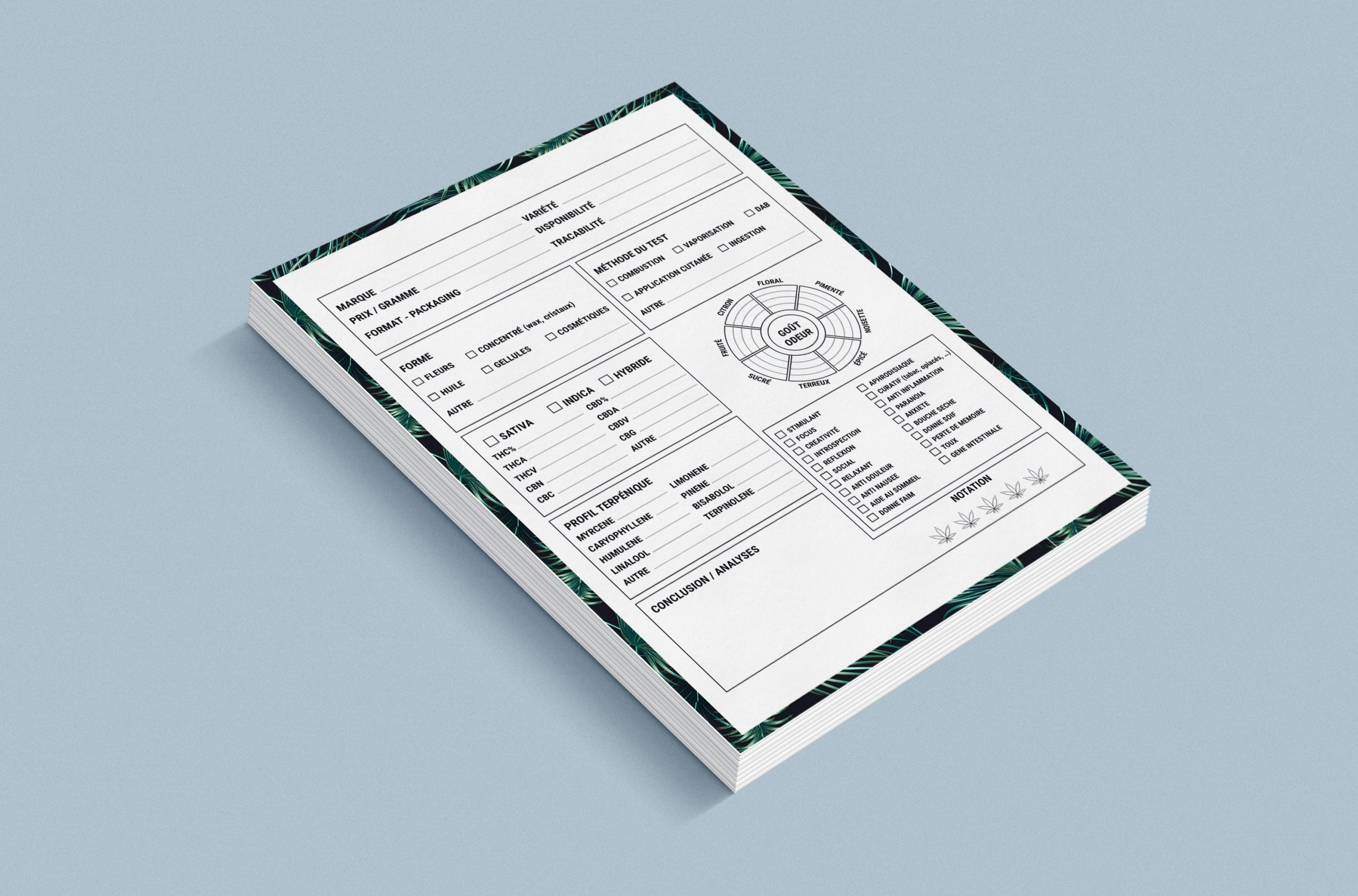Are you a small business owner wondering about how to write an invoice? Relax, read this article to the end to find out how.
One of the keys to running a successful business is having a well-organized invoicing routine.
A company that regularly employs well-structured and properly written invoices will be able to avoid losses and late payments and keep track of its profits.
Hence, it’s essential to know how to write an invoice. In this article, we’ll walk you through all you need to know about writing an invoice.
Writing an invoice isn’t rocket science. Many businesses used to create their invoices with Microsoft Excel and other spreadsheet platforms; however, utilizing online invoicing software, such as ProInvoice, is now the trend, and rightly so.
The steps in drafting an invoice with invoicing software include adding a professional header, including the invoice information, citing the supply date and the date the invoice was issued, describing the goods and services delivered, including the payment terms, filling in the tax details, and finally, adding explanatory notes.
We’ll shed more light on these steps in the subsequent sections.
Things to know if you plan to write an invoice
What Is a Professional Header, and Why Should I Add It to My Invoice?
A professional header refers to the title, name, and caption of an invoice. It includes your business name, address, business logo, contact information, and address.
In addition, your client’s business name, their precise contact information, and the contact person’s name should also be part of your invoice’s professional header.
The professional header section helps to distinguish an invoice from others and give it an identity. You can also include your business tax ID (if any) and registration number in the professional header.
How Do I Derive My Invoice Information and Date My Invoice?
An invoice information is a specific alphanumeric tag given to each invoice to enable the customer to tell them apart.
You can label your invoices with the same word; for instance, “invoice,” and assign different numbers, such as “001,” “002,” and “003,” to the invoices to differentiate them.
Additionally, you can use specific details, such as the project name and the date the invoice was issued, to generate your invoice information.
The idea is to employ an invoice tagging system that works best for you and your customers.
Furthermore, it’s crucial for you to include the date you delivered the goods/services to the customer (supply date) and the invoice issue date to map out a timeline and track payments effectively.
How Should I Describe the Goods/Services I Sold/Rendered in My Invoice?
Your invoice should contain all the goods or services you sold or rendered within a specific time frame. For goods, input each item (commodity) sold, the quantity, cost per unit, and subtotal.
However, if you rendered services to the customer, describe each specific service, input the time you spent on each of them, and include your rate per hour or rate per task.
Ensure you include each service in the invoice individually to guarantee clarity.
For instance, if you offered writing, proofreading, and editorial services to a client, you can fill each service in different rows in your invoice with their specific costs to distinguish them.
Properly describing your goods and services in your invoice will make your business more transparent and facilitate faster payment.
What Are Payment Terms, and How Should I Include Them in My Invoice?
Payment terms pertain to how and when you expect your customers to pay you.
Your payment terms should include the invoice issue date, preferred payment methods (e.g., credit cards, bank transfer, or cheque), expected date of payment, the currencies your business accepts, late payment penalties, and other payment conditions relevant to your business (for instance, early payment discounts).
How Do I Add Tax Details and Explanatory Notes to My Invoice?
Adding the tax details applying to the sale to your invoice may be imperative. These tax details depend on Nigeria’s regulations and tax rates, your type of business, and other critical factors.
If your invoice features multiple line items, you can calculate the total tax liability for the final invoice amount and display it at the bottom of the invoice.
Instead of calculating the specific tax on each item, you can analyze the tax amount based on the respective tax groups the items belong to (different types of goods have different applicable taxes).
Once you’ve incorporated the tax and discounts (if present) into the calculation, add the sum, and cite the total amount your customer owes.
Furthermore, adding explanatory notes to your invoice can help deter confusion and help your customer understand the entries better.
Suppose you entered an item in your invoice with a discounted price.
In that case, you may add an explanatory statement in the invoice to inform the customer that you applied a discounted price in the entry and the price of the commodity/service is subject to change in the future.
Similarly, if you included an outstanding payment in the invoice, you can add a clarifying note to remind the customer of the previous transaction(s) that led to the pending payment.
This practice will help to prevent conflicts and misunderstandings between you and your customer and will foster a healthy relationship between both parties.
It’s also best to include a note for other relevant charges on your invoices, such as late payment fees and payment processing charges.
You can also state your refund and return policy on your invoice; the conditions under which your customers can return the items they purchased from you, and when they are eligible for a refund or an exchange of purchased items.
Suppose your business has a 30-day money-back guarantee or exchange policy. you can add a note on your invoice stating that customers can return your within 30 days of purchase.
You can also request a valid receipt proving they purchased the item from you. One advantage of writing a good invoice is that your invoice can also serve as a receipt in the future.
Bottom Line
In conclusion, you should take note of these elements stated above and include them in your invoice to facilitate satisfactory transactions with your customers and prompt payments.
Are you looking for the perfect invoicing software for your business? Thanks to ProInvoice, creating a professional invoice is now easier than ever. Download ProInvoice today to start generating high-quality invoices!












